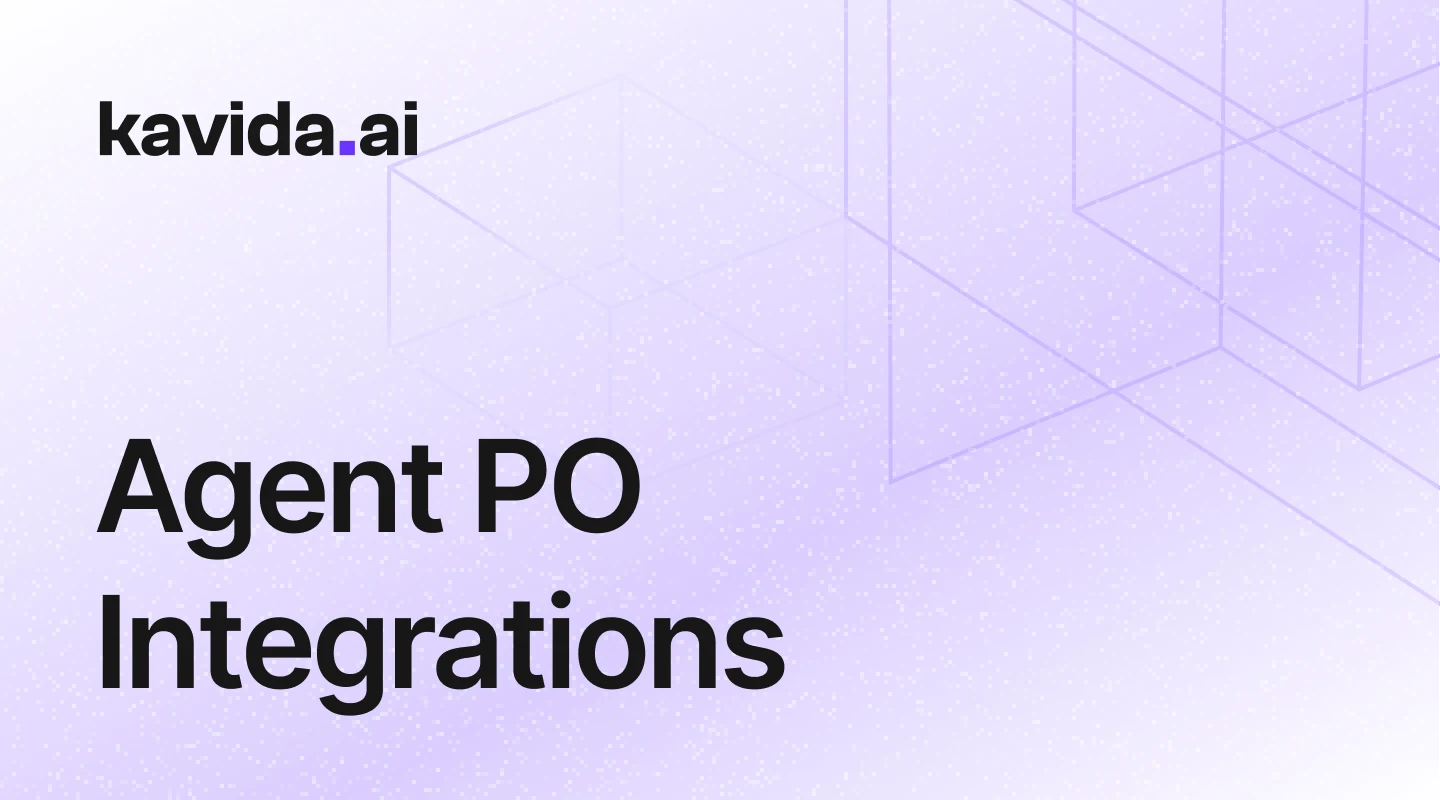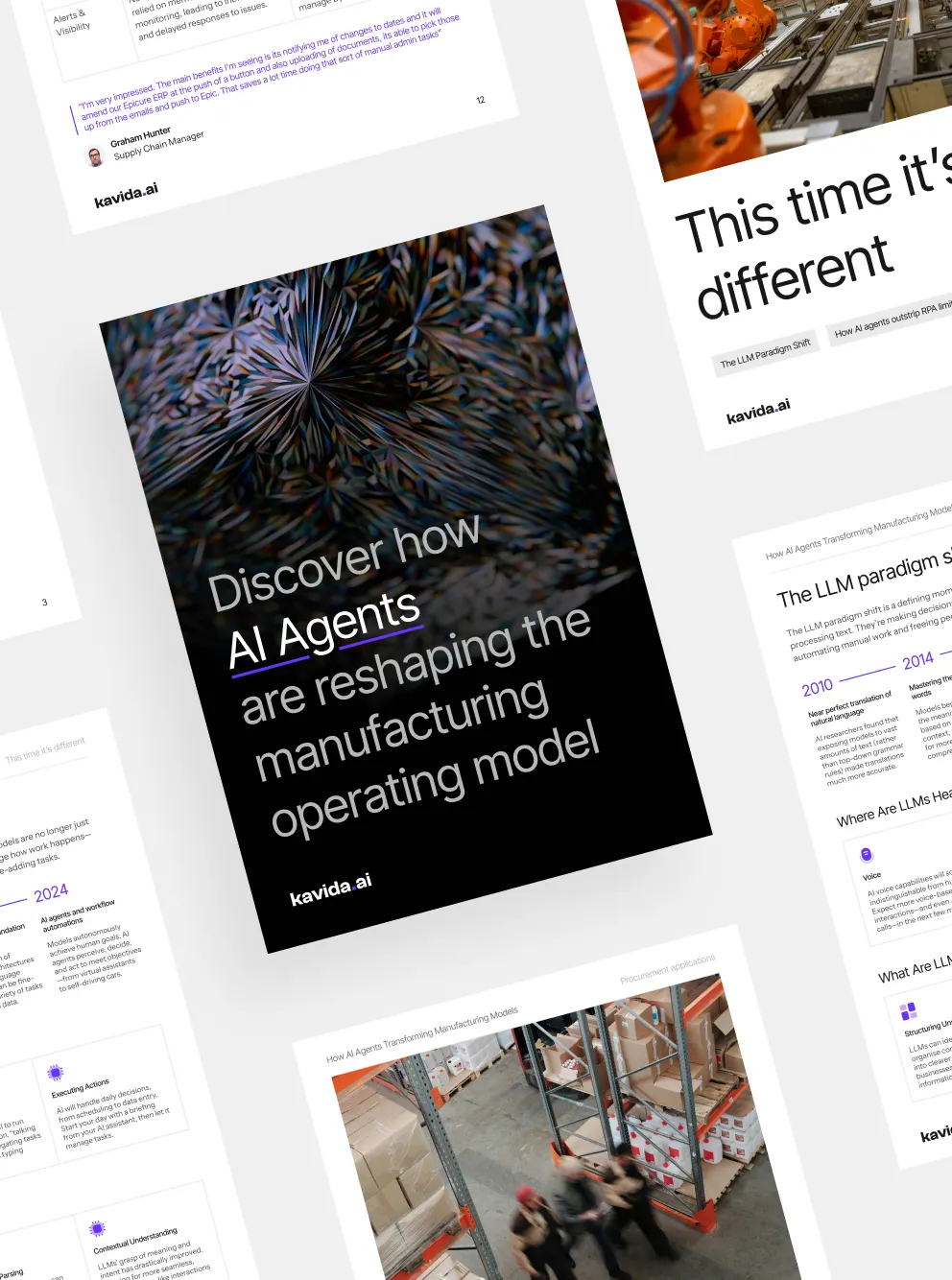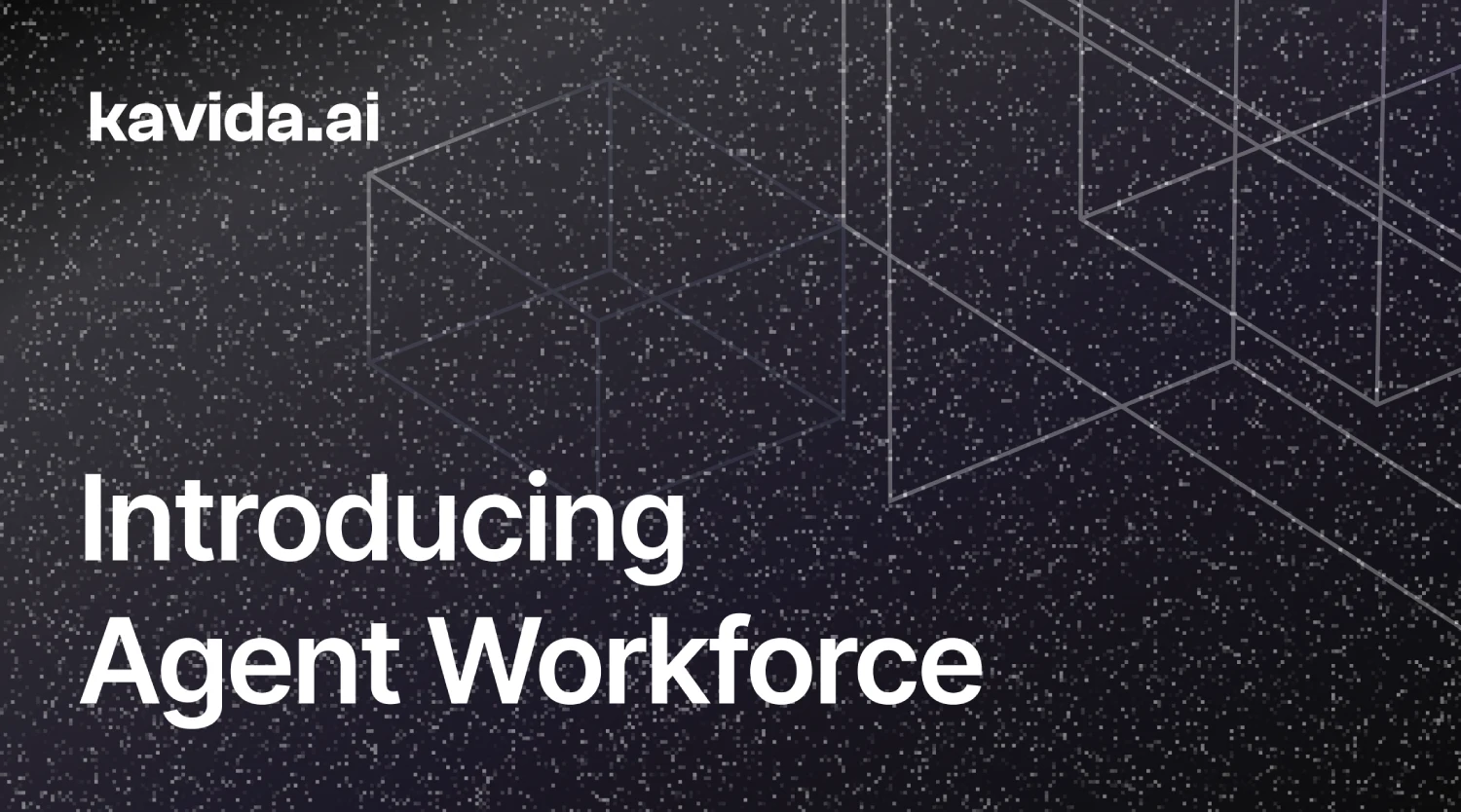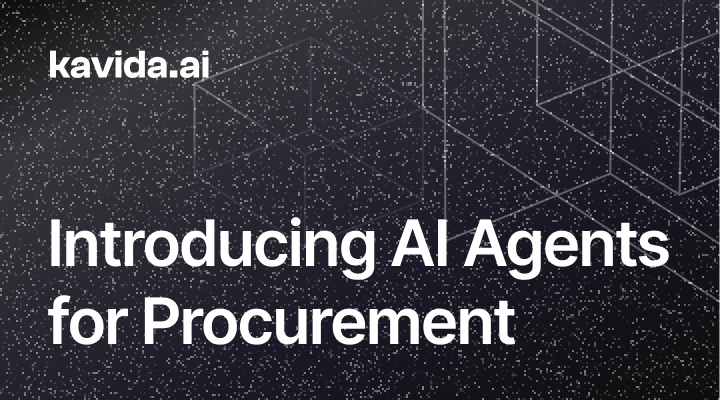
ANNOUNCEMENT
QAD Redzone acquires Kavida — our Agents have joined the Champion AI family

Discover how AI agents are reshaping the manufacturing operating model

Hi, I’m Alison!
Share your details, and I’ll give you a call in minutes to see how we can assist.

Data Hygiene And The Importance Of Clean ERP Data For Manufacturers
Table of Contents
ToggleImagine this: your company invests in a cutting-edge ERP system to streamline every process — from supply chain logistics to inventory management. Yet, over time, inefficiencies start creeping in. Orders go unfulfilled, inventory numbers don’t match, and customer demands are delayed. What went wrong? The culprit is messy, unreliable data clogging your ERP system, like sludge in a fine-tuned engine.
ERP data hygiene isn’t just a back-office task; it’s the unseen powerhouse of your entire manufacturing operation. Clean ERP data drives operational efficiency, better decision-making, and resilience in the face of complex supply chain disruptions. In this comprehensive guide, we’ll explore why clean ERP data is essential, how it impacts your business outcomes, and how you can turn your ERP data from a liability into a strategic advantage.
Why Clean ERP Data Matters for Manufacturers
ERP (Enterprise Resource Planning) systems are designed to consolidate data across departments, linking production, procurement, logistics, HR, and finance into one seamless network. They are transformative for manufacturers—boosting efficiency, tracking real-time metrics, and simplifying complex workflows. However, all these benefits hinge on one critical factor: data cleanliness. Without clean data, even the most advanced ERP system becomes an operational liability.
Dirty data—unreliable, outdated, or inconsistent—has serious consequences:
- Inventory Inaccuracies: Resulting in stockouts, overstocks, and wastage.
- Production Delays: Stemming from inconsistent demand forecasts and material tracking.
- Customer Dissatisfaction: Due to delays and errors affecting service quality.
- Financial Mismanagement: Resulting from faulty data on costs, spending, and sales.
When data hygiene is lacking, teams often spend a significant amount of time cleaning up data instead of focusing on problem-solving and collaborative efforts. This misalignment leads to reduced productivity and hampers cross-functional collaboration—a cycle we call the “data doom loop.”
Transforming ERP Data Through Effective Data Hygiene
To turn unreliable ERP data into a strategic advantage, you need a structured approach to data hygiene—starting with a comprehensive data audit, restructuring data for better insights, and using advanced tools to maintain data cleanliness.
Step | Description |
Step 1: The Data Audit Process | Clean ERP data starts with a comprehensive audit. Experts analyze a data sample to identify inconsistencies, duplicates, and missing values, using AI tools to uncover hidden issues. Collaborating with stakeholders ensures alignment with business processes and addresses root causes effectively. |
Step 2: Structuring Data for Meaningful Insights | After identifying problem areas, create a structured data model tailored to your business needs. Clean ERP data goes beyond fixing errors—it builds a framework for accuracy, accessibility, and insights. Properly structured data enables teams to make informed decisions on inventory, suppliers, and cash flow. |
Step 3: Reporting Findings and Driving Improvement | A well-structured data audit provides actionable insights, such as identifying discrepancies between purchase orders and payments, highlighting areas for improvement. Reports that visualize key issues help teams understand challenges and take informed actions. |
Taking Action: Starting Your ERP Data Hygiene Journey
Embarking on a full cleanup of your ERP data may seem daunting, but breaking the process into manageable steps can make it more achievable. Here are some practical steps to get started:
- Break Data Cleansing into Manageable Chunks: Address data quality issues incrementally to ensure continuous improvement without overwhelming resources.
- Prioritize Data by Business Value: Focus on datasets that have the most significant impact on your operations, such as inventory, sales, and supplier data.
- Standardize Data Entry Protocols: Create standardized templates and train staff on best practices to ensure consistency across the organization.
- Perform Regular Data Audits: Schedule regular data audits to review data relevancy and accuracy, using analytics to spot inconsistencies.
- Automate Data Cleansing: Leverage automation tools like Agent PO to prevent issues before they impact operations, reducing the need for manual intervention.
- Distribute Cleanup Responsibilities: Assign data cleansing responsibilities across departments to keep the process manageable and consistent.
- Establish a Data Governance Framework: Develop policies for data ownership, quality control, and regular maintenance, appointing data stewards in each department.
How Agent PO Can Support Your ERP Data Hygiene
Feature | How Agent PO Integrates with ERP |
Order Tracking and Revision Alerts | Agent PO integrates with your ERP to automatically track orders, providing real-time updates and ensuring data accuracy across supply chain operations without manual intervention. |
Document Management Automation | Agent PO seamlessly integrates with your ERP to automate document follow-ups, keeping all records current and reducing risks associated with missing or outdated documents. |
Three-Way Invoice Matching | Through ERP integration, Agent PO aligns invoices, purchase orders, and received goods, preventing discrepancies, ensuring financial accuracy, and minimizing payment delays. |
Supplier and Inventory Monitoring | Agent PO monitors inventory levels and supplier performance through ERP integration, generating timely alerts for low stock or supplier issues to support proactive decision-making. |
Data Consistency Checks | Agent PO works within your ERP to automatically validate data inputs, identifying discrepancies early and maintaining data integrity throughout the system. |
How Clean ERP Data Drives Business Success
Clean ERP data isn’t just a nice-to-have—it’s a strategic advantage that has a real impact on your bottom line. Here are some tangible benefits that organizations realize by investing in data hygiene:
- Improved Cash Flow Management: Accurate financial data allows for better cash flow forecasting and liquidity management, reducing financial risks.
- Reliable Analytics and Forecasting: Clean data leads to more accurate demand forecasts, empowering leaders to make data-driven decisions with confidence.
- Better-Informed Business Decisions: From supplier negotiations to inventory management, having reliable data allows organizations to make strategic choices that drive growth and efficiency.
- Optimized System Performance: Removing unnecessary, redundant, or outdated data ensures that the ERP system runs efficiently, reducing response times and improving user experience.
- Enhanced Productivity: With clean, organized data, employees spend less time double-checking information and more time on activities that add value, such as problem-solving and innovation.
Conclusion: Clean ERP Data as a Competitive Advantage
Clean data is no longer just an operational necessity—it’s a strategic asset that can differentiate manufacturers in today’s competitive market. By investing in data hygiene and leveraging AI-powered tools like Agent PO, manufacturers can transform their ERP systems into reliable engines of growth and efficiency.
Data hygiene is the key to unlocking your ERP system’s full potential, reducing costly errors, optimizing processes, and delivering unmatched value to your customers. Start implementing these best practices today, and watch your business gain a competitive edge with clean, actionable data.
Author:

Kevin Musprett
Head of Growth at Kavida.ai
Kevin drives GTM at Kavida, an AI agent used by manufacturing purchasing teams so they never miss a critical order from suppliers. Kevin dedicates himself to building and scaling kavida.ai to become the PO management platform of choice for an addressable market of over 15 million users.
Related articles

A Breakdown of Agent PO Integrations
In today’s manufacturing environment, efficiency is the cornerstone of competitiveness. Manufacturers have an ever-expanding set of tools to manage...

Agent PO Vs. Microsoft Copilot – A Breakdown For Procurement Professionals
Procurement leaders today need more than just efficient workflows—they need insights that drive smart decision-making. For decision makers...

Introducing AI Agents For Procurement – What They Are & Why They Matter
Procurement leaders today need more than just efficient workflows—they need insights that drive smart decision-making. For decision makers...
